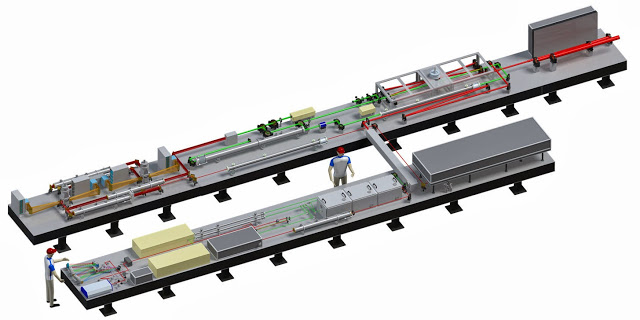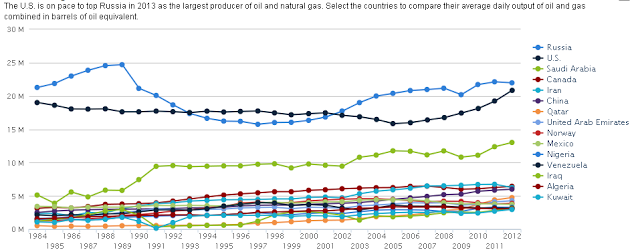Electrowinning process could lower the cost of Titanium by up to 60 percent
A Case Western Reserve University proposal for a low-cost, energy-efficient method to extract the strategic metal titanium from ore has been selected by the U.S. Department of Energy’s Advanced Research Projects Agency-Energy for contract negotiations. This one-year project will be funded by ARPA-E at about $675K through the program on Modern Electro/Thermo-chemical Advances in Light-metal …







